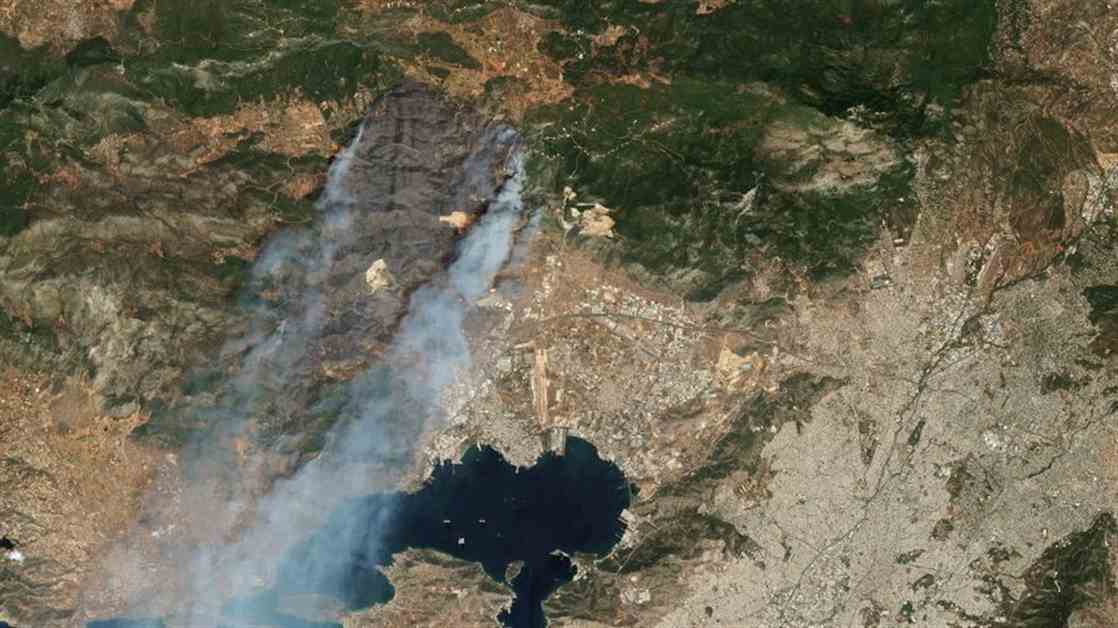Climate Change: Early Fire Detection through Satellite Network
A new satellite network, called FireSat, is being developed by the Earth Fire Alliance, a non-profit organization founded in 2024. The network will consist of 50 satellites in low orbit, approximately 600 kilometers above the Earth. These satellites will monitor the planet every 20 minutes to identify potential fire outbreaks. Equipped with advanced technology, they will be able to observe the ground with precision, detecting fires in 5 square meter sections, even in the presence of clouds, smoke, day or night.
It took five years to develop the final project, in collaboration with Google and numerous firefighters and fire specialists. The Earth Fire Alliance is not just an American initiative; it is a global project. The organization, like many others today, believes that data and analysis can help solve major issues.
The data collected will assist in fire control. An experienced fire chief mentioned in the Los Angeles Times that « when you see everything, you can understand everything. » He expressed surprise that it took so long for California, a global technology hub, to implement such a system. The high-definition view of fires, whether just starting or ongoing, will allow emergency services to quickly organize their strategies by deploying resources efficiently to control the flames. Additionally, the satellites will determine the fire’s speed and temperature, helping decide where to intentionally start a fire to eliminate potentially dangerous vegetation, a technique known as prescribed burning.
The satellite network will become operational with the launch of three satellites into space in 2026. This initial setup will be sufficient to monitor every hotspot on the planet twice a day, with more satellites increasing the frequency of coverage. The initiative comes at a high cost, with Earth Fire Alliance having raised $12 million and aiming for triple that amount. Ultimately, it will require $300 to $400 million to fully operationalize the FireSat network.
One compelling argument for investors is the United Nations’ prediction of a 30% increase in wildfires by 2050, partly due to climate change. Detecting fires early could save hundreds of millions of dollars. In the United States alone, wildfires cause $11 billion in damages annually. In recent years, two major insurance companies in California have stopped offering home protection to some clients due to the high risk of natural disasters, coupled with inflation and strict state regulations.

